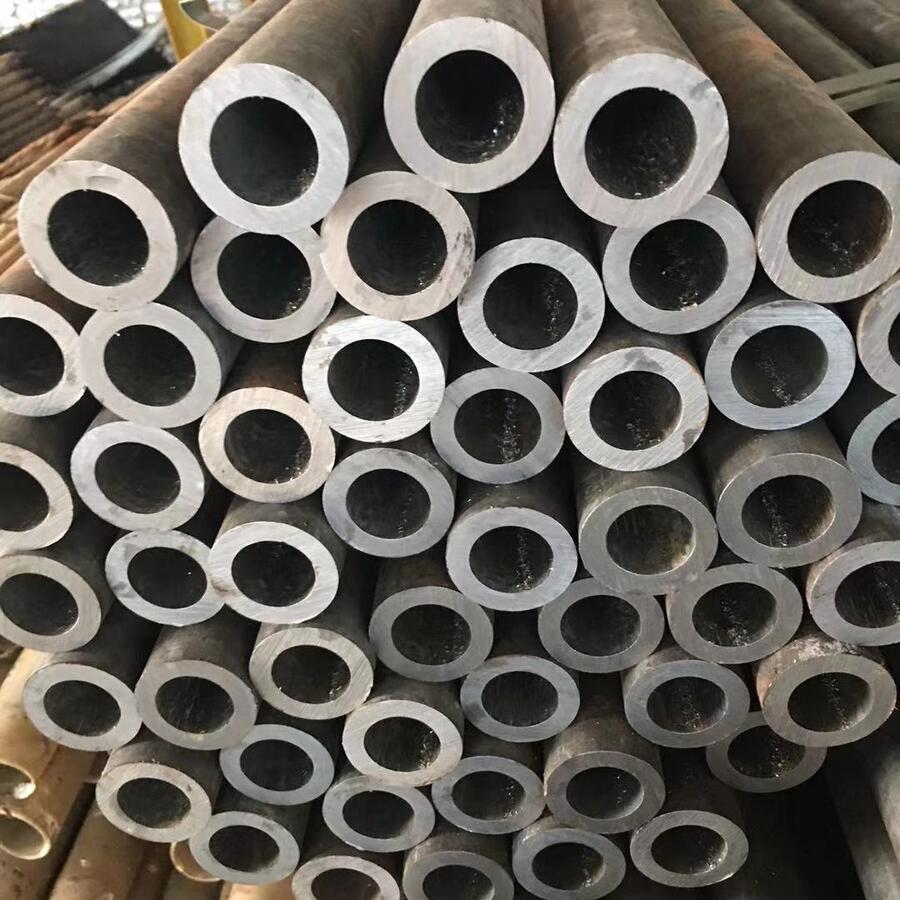El rolling mill wire rod process is a critical component of modern steel manufacturing, transforming billets into high-quality coiled rods used in construction, automotor, e industrias de maquinaria. This article delves into the technical nuances of wire rod rolling mills, integrating expertise from HANI TECH’s industrial solutions.
1. Fundamentals of Wire Rod Rolling
Wire rod production involves hot rolling steel billets through a series of precisely calibrated stands to achieve diameters typically ranging from 5.5mm to 42mm. El rolling mill wire rod system consists of:
- Hornos de recalentamiento (pusher/walking beam type)
- Roughing/intermediate/finishing mill stands
- Water cooling boxes
- Laying head and coilers
De acuerdo a División de laminadores de HANI TECH, moderno molinos de alambrón achieve speeds up to 120 m/s with tolerances of ±0.1mm, leveraging advanced automation for consistent quality.
2. Key Equipment Specifications
The following table details technical parameters for a high-speed rolling mill wire rod production line:
| Parámetro | Especificación | Unidad |
|---|---|---|
| Capacidad anual | 300,000-1,000,000 | toneladas/año |
| Dimensiones del billete | 120×120 – 160×160 | mm |
| Final Diameter Range | 5.5-42 | mm |
| Velocidad de rodadura | 60-120 | EM |
| Configuración del soporte del molino | 8-28 se encuentra | – |
| Potencia del motor (por stand) | 500-1500 | KW |
| Precisión del control de temperatura | ±10 | °C |
| Peso de la bobina | 1.5-2.5 | montones |
| Tolerancia dimensional | ±0.1-0.3 | mm |
| Surface Quality | SA 2.5 grade | – |
| Tipo de molino | Morgan/No-twin/Pomini | – |
| Nivel de automatización | Siemens/TMEIC Level 2 | – |
3. Advanced Technologies in Wire Rod Production
Moderno wire rod rolling mills incorporate several innovations:
3.1 Laminación termomecánica
Precise temperature control during rolling, as implemented in HANI’s metallurgical systems, enhances mechanical properties without additional heat treatment.
3.2 High-Speed Laying Systems
Patented laying head designs achieve perfect coil formation at speeds exceeding 100m/s, critical for rolling mill wire rod productivity.
3.3 Water Box Cooling
Advanced water cooling systems with:
- Variable flow control (±2% accuracy)
- Multi-zone temperature regulation
- Anti-scale technology
4. Material Considerations
Common steel grades processed in molinos de alambrón incluir:
| Grado del material | Carbon Content | Primary Applications |
|---|---|---|
| SWRH32-37 | 0.32-0.37% | Prestressed concrete wires |
| SWRH42A-82A | 0.42-0.82% | Tire beads, ballestas |
| SAE1006-1018 | 0.06-0.18% | Welding electrodes, mesh |
| B500B | 0.22% max | barras de refuerzo |
5. Mantenimiento y Repuestos
Componentes críticos de desgaste en rolling mill wire rod production include:
- Roll rings (H13/D2/ICDP material)
- Guide boxes and entry/exit guides
- Drive shafts and gear couplings
- Hydraulic cylinders
HANI TECH offers specialized rolling mill rolls with service life exceeding 8,000 tons per groove under normal conditions.
6. Tendencias futuras
El laminador de alambrón industry is evolving toward:
- Mantenimiento predictivo impulsado por IA
- Hornos de recalentamiento a base de hidrógeno
- Inline property measurement systems
- Increased automation (Industria 4.0)
Para operadores que buscan actualizar los existentes rolling mill wire rod lines, HANI TECH proporciona revamping solutions that can increase productivity by 30-50% mientras reduce el consumo de energía.
Comprender estos aspectos técnicos de wire rod rolling mills helps manufacturers optimize production quality and efficiency. The detailed parameter tables provided serve as valuable references for engineering specifications and equipment selection.




